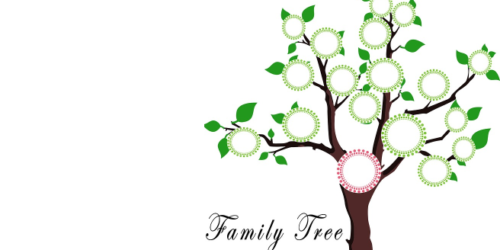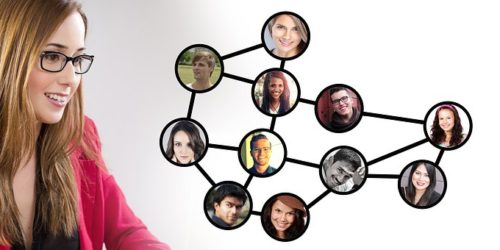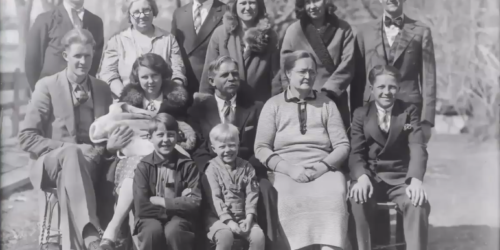Helping Others with The Family History Guide
Several months ago, the BYU Family History Library published an excellent webinar by Kathryn Grant titled “Helping Others Learn to Love and Do Family History.” The link to the video is provided below for your convenience.
In the video, Kathryn makes a number of useful points about things to avoid and things to do when helping others with their family history. So how would The Family History Guide fit into this approach? Let’s take a look at some of the main concepts from the video and how The Family History Guide helps …
How The Family History Guide (TFHG) Helps Others Love and Do Family History
Things to Avoid
- Guilt – TFHG uses an invitation to experience family history, not pressure. Also, there are no fees or subscriptions required to use the site: it’s completely free. TFHG is designed to make everyone’s family history journey easier, more efficient, and more enjoyable.
- Motivation alone – TFHG sprinkles a few motivational messages through its content, but the content comes first. By providing interesting and engaging articles, videos and tools, TFHG helps family history learners stay engaged and pursue their paths successfully.
- Too long or non-practical teaching – The Learning System in TFHG organizes family history topics into Projects, Goals, and Choices. Each Choice provides enough information to help learners make practical progress, such as learning FamilySearch, getting started with research, etc. There are also tips for how to stay engaged in family history in as little as 15 minutes at a time.
- Random approaches – The steps and instructions in TFHG are sequential for efficient learning, but learners can also switch topics to find the activities that are most meaningful to them. The overall organization of the site aids in setting goals and learning efficiently.
- Cutting corners or dumbing down – There is enough detailed information in TFHG to satisfy the needs of all learners, even experienced genealogists. But the information is layered, to avoid learning overload, using a just-in-time approach. The Vault section provides additional articles and videos to supplement the main learning efforts.
Building Competence
- Build your own competence – You can raise your family history IQ a bit at a time by exploring the Knowledgebases in TFHG, or by regularly devoting some time to read articles or watch videos of interest. The Online Tracker helps you easily record your learning progress and take notes.
- Provide hands-on experiences – Each Choice in TFHG has exercises you can try, to practice the skills you are learning. You can log your progress in the Online Tracker, with levels including Not Started, Started, Good, or Proficient. Also, QUIKLinks make it easy to search major record collections online.
- Start at the right level – TFHG provides entry points for beginning, intermediate, and advanced levels of family history learning. You can also print blank assessment sheets from the Online Tracker to help learners decide what areas of TFHG they could skip or focus on.
- Explain clearly and simply, with context – As you train others, you can use TFHG itself for your material, without having to build extensive slide decks or handouts. The articles and videos provide expert content, and the Trainers menu helps you build effective training sessions with less time and effort.
- Welcome questions – With TFHG, you can think of yourself as the librarian, not the library. Answers to many questions can be found by using the Search tool on the site, and learners can often continue with lessons or Projects on their own, with less need for needing answers from trainers and mentors.





